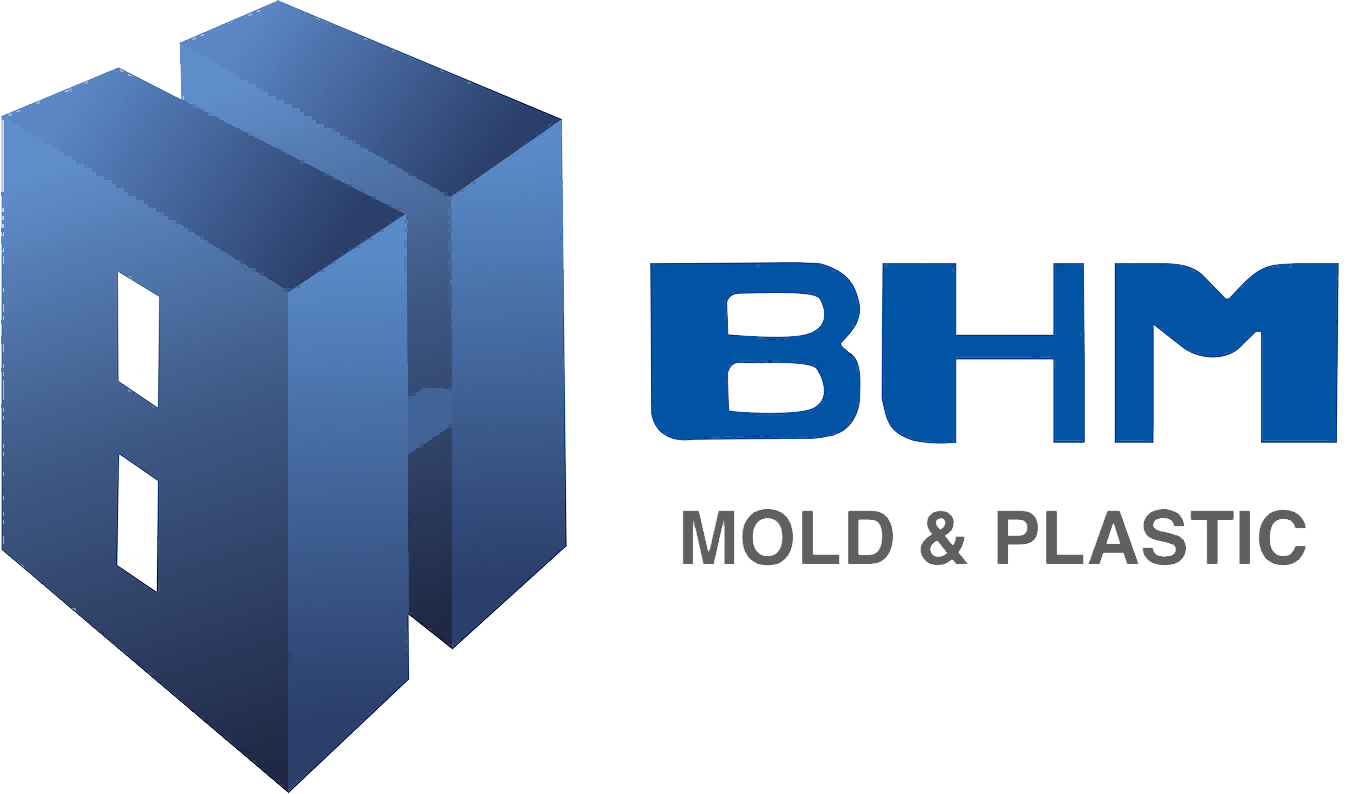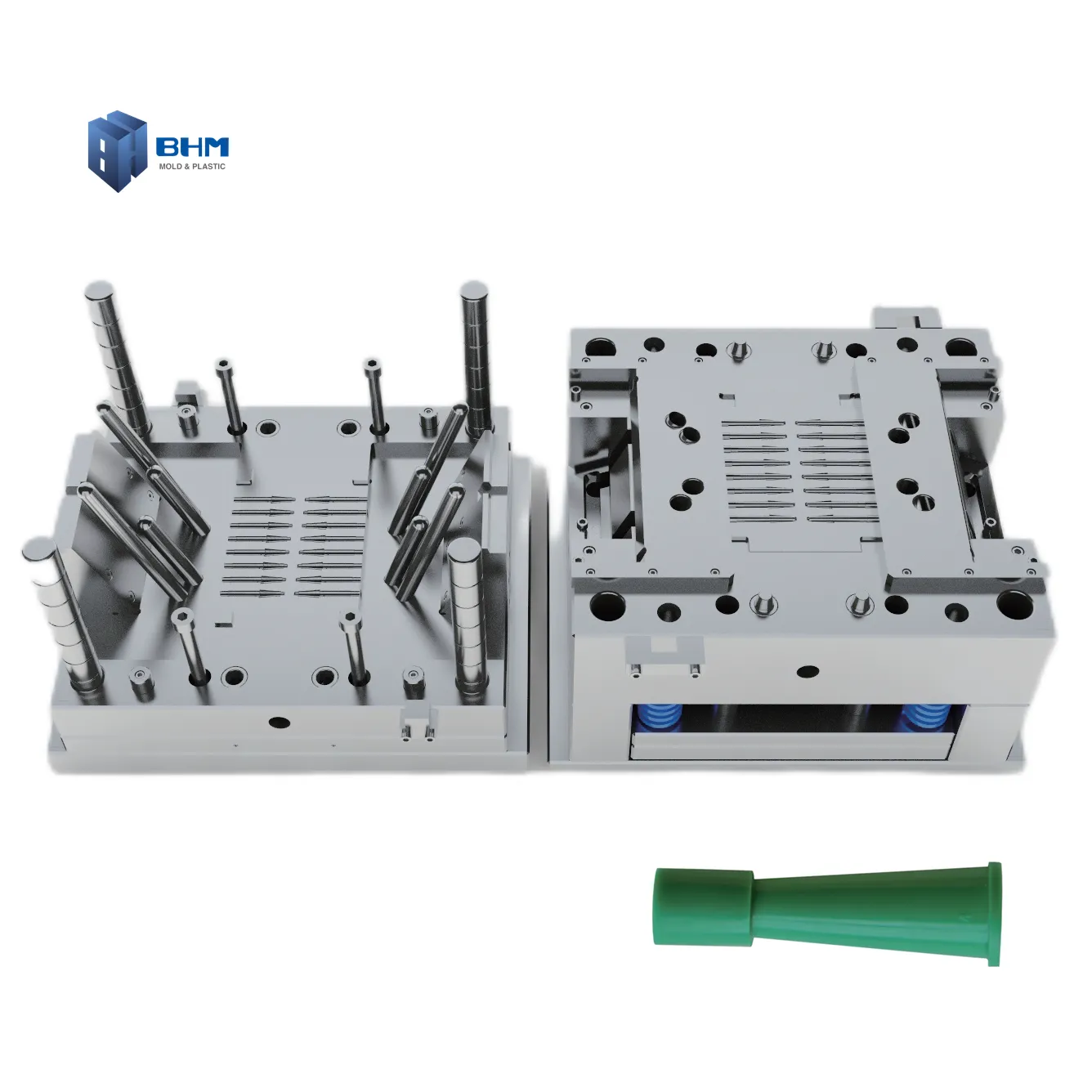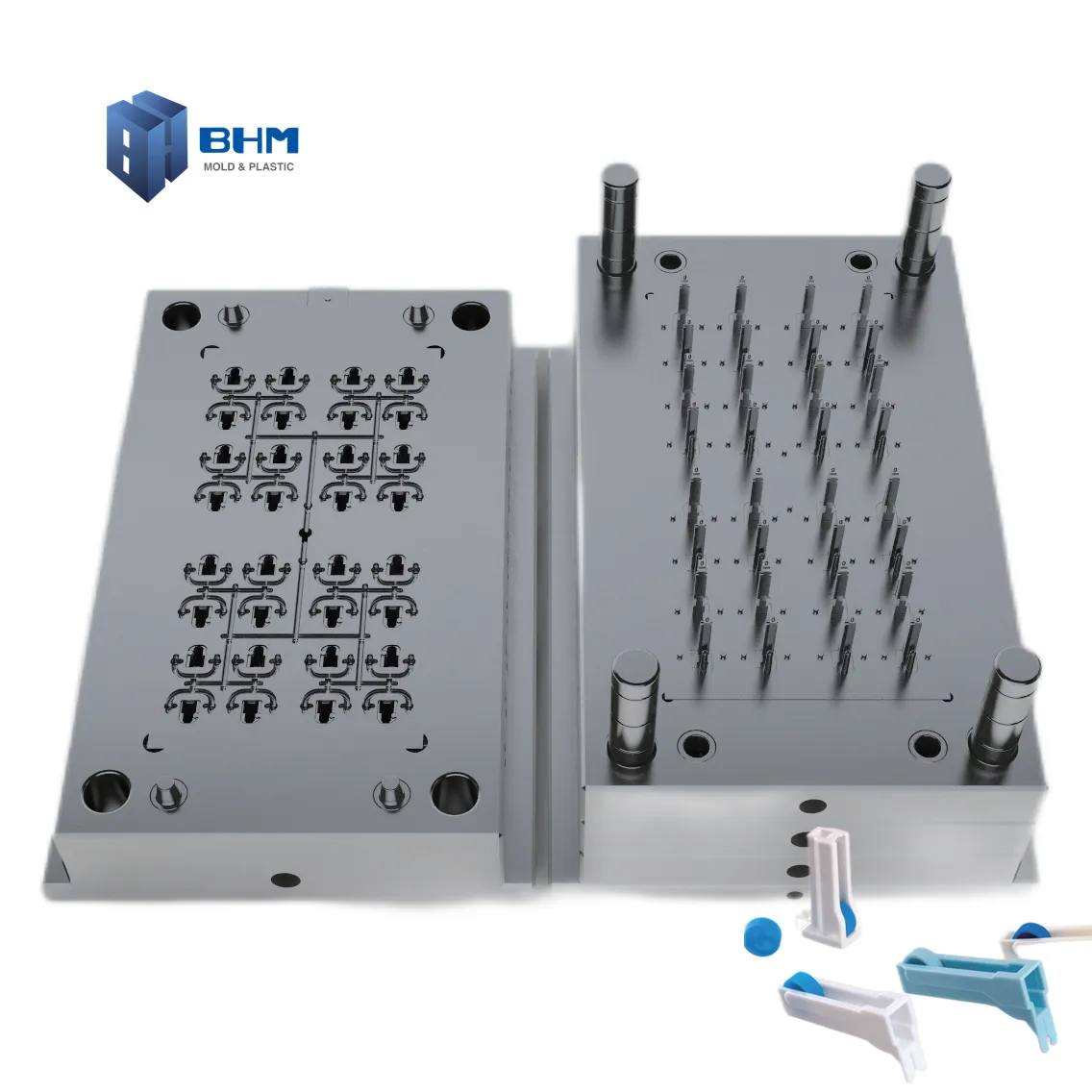Transforming Healthcare Through Advanced Molding Technologies
The landscape of medical device manufacturing has undergone a revolutionary transformation, driven by groundbreaking medical mold innovations. These advancements are reshaping how healthcare devices are produced, ultimately leading to enhanced patient outcomes and more efficient medical solutions. From surgical instruments to diagnostic equipment, modern molding technologies are setting new standards in precision, reliability, and performance.
Evolution of Medical Device Molding Technologies
Traditional Molding Methods and Their Limitations
Historical approaches to medical device molding often faced significant constraints. Conventional injection molding techniques struggled with complex geometries, while material limitations restricted design possibilities. These traditional methods frequently resulted in compromised performance, longer production cycles, and higher rejection rates.
The limitations of legacy molding processes became particularly evident in the production of precise medical components. Issues such as inconsistent wall thickness, poor surface finish, and material waste highlighted the need for more sophisticated solutions. These challenges drove the industry to seek innovative alternatives that could meet increasingly demanding medical standards.
Breakthrough Technologies in Modern Medical Molding
Recent medical mold innovations have introduced game-changing capabilities to the industry. Advanced micro-molding techniques now enable the production of components with microscopic features, while multi-material molding allows for the creation of complex devices with varying material properties in a single process.
The integration of artificial intelligence and machine learning into molding processes has revolutionized quality control and process optimization. These smart systems can predict and prevent manufacturing defects, ensuring consistent product quality while reducing waste and production costs.
Impact on Medical Device Performance
Enhanced Precision and Reliability
Modern medical mold innovations have dramatically improved the precision of manufactured devices. Components can now be produced with tolerances measured in microns, ensuring perfect fit and functionality in critical medical applications. This enhanced precision translates directly to improved device performance and reliability in clinical settings.
The ability to maintain consistent quality across large production runs has become a hallmark of advanced molding technologies. This consistency is crucial for medical devices where even minor variations can impact patient safety and treatment effectiveness.
Material Advancements and Biocompatibility
The development of new molding techniques has expanded the range of materials available for medical device manufacturing. Innovative polymer blends and composites can now be processed with exceptional precision, offering improved biocompatibility and performance characteristics.
These material innovations, combined with advanced molding processes, have enabled the creation of devices that better interact with biological systems. From antimicrobial surfaces to drug-eluting components, medical mold innovations are pushing the boundaries of what's possible in medical device design.
Cost-Effectiveness and Manufacturing Efficiency
Streamlined Production Processes
Modern medical mold innovations have significantly reduced manufacturing complexity and cycle times. Automated systems and optimized mold designs enable faster production while maintaining superior quality standards. This efficiency translates to more cost-effective medical devices without compromising performance.
The implementation of smart manufacturing principles in medical molding has led to reduced material waste and energy consumption. These improvements not only lower production costs but also contribute to more sustainable manufacturing practices in the medical device industry.
Quality Control and Compliance
Advanced monitoring systems integrated into modern molding processes ensure continuous quality control throughout production. Real-time data analysis and automated inspection systems can detect and correct issues before they impact product quality.
These technological advancements help manufacturers maintain compliance with stringent medical device regulations while reducing the cost and complexity of quality assurance processes. The result is more reliable devices that meet or exceed industry standards at competitive price points.
Future Trends in Medical Device Molding
Emerging Technologies and Possibilities
The future of medical mold innovations promises even more exciting developments. 3D-printed molds, adaptive manufacturing systems, and advanced material science are opening new possibilities for medical device design and production.
Integration of Internet of Things (IoT) technology and digital twins in molding processes will enable unprecedented levels of process control and optimization. These advances will further enhance device performance while reducing time-to-market for new medical innovations.
Sustainability and Environmental Considerations
Future developments in medical molding technology are increasingly focused on sustainability. Bio-based materials, recycling-friendly designs, and energy-efficient processing methods are becoming central to innovation in the field.
The industry is moving toward closed-loop manufacturing systems that minimize environmental impact while maintaining the high standards required for medical devices. This evolution represents a crucial balance between performance, cost, and environmental responsibility.
Frequently Asked Questions
How do medical mold innovations affect device safety and reliability?
Medical mold innovations significantly enhance device safety and reliability through improved precision, consistent quality control, and advanced materials. Modern molding technologies enable tighter tolerances, better surface finishes, and more reliable performance in critical medical applications.
What role does automation play in modern medical device molding?
Automation is central to modern medical molding processes, providing consistent quality, reduced human error, and improved efficiency. Advanced robotics and smart systems ensure precise control over every aspect of the manufacturing process, from material handling to final inspection.
How are sustainable practices being incorporated into medical device molding?
Sustainable practices in medical device molding include the use of bio-based materials, energy-efficient processing methods, and waste reduction strategies. Manufacturers are increasingly adopting circular economy principles while maintaining the high standards required for medical devices.


